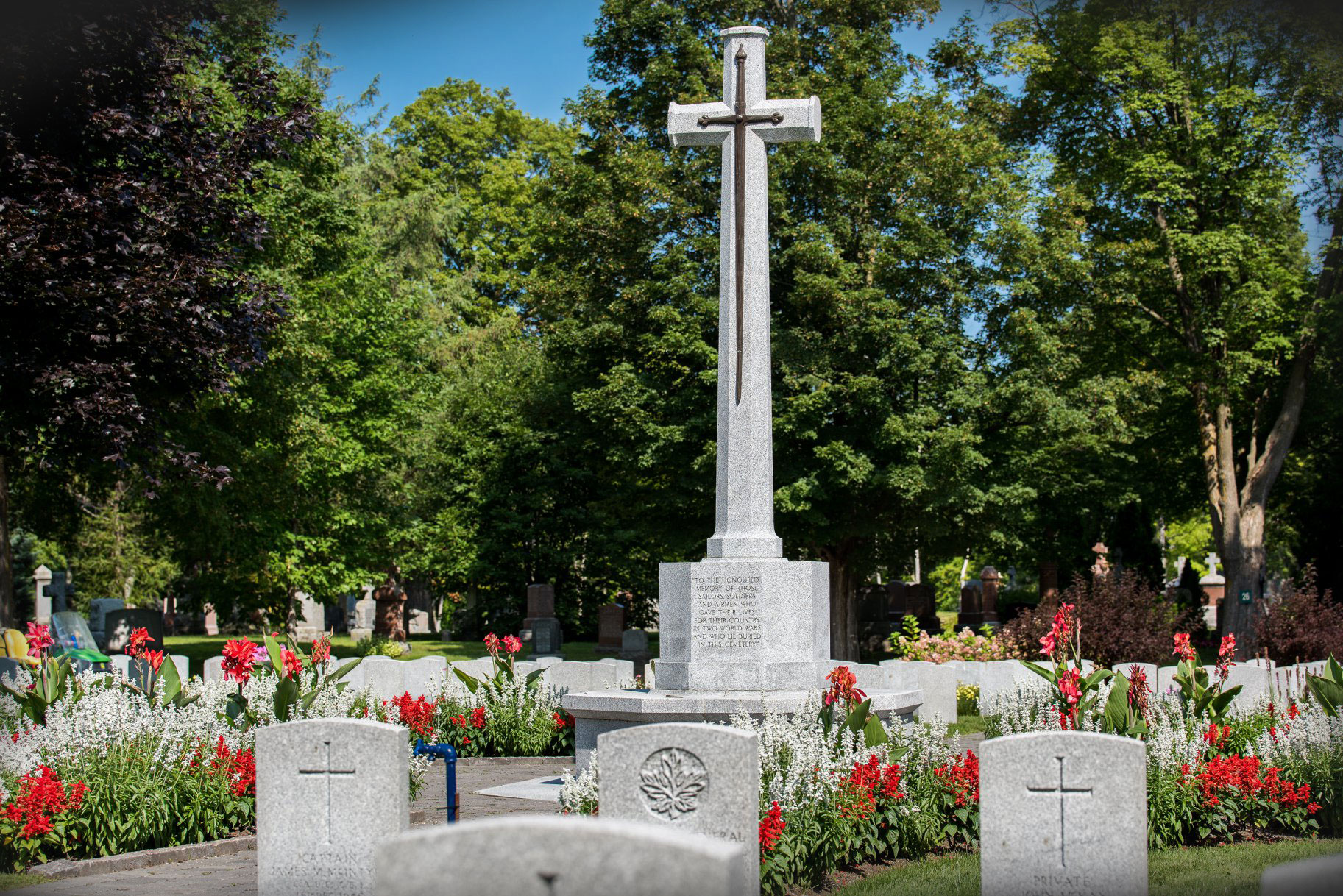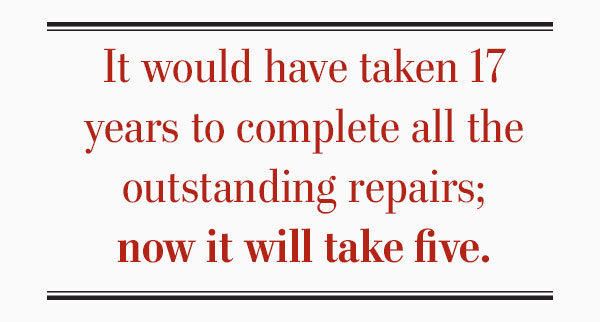
Is there anything more venerable than a soldier’s grave?
Dying in the service of your country is the ultimate sacrifice, and it warrants the most respectful recognition. In Canada, as in most countries, the government is responsible for funerals and burials for those killed in military service and for eligible veterans—and for the perpetual maintenance of their graves and grave markers.
Veterans Affairs Canada administers this solemn task, and its Cemetery and Grave Maintenance Program includes graves in thousands of cemeteries across Canada. Prior to 2003, its budget was about $5 million annually. The government then decided that since VAC was unable to account for how many graves needed attention, the budget would be cut until the number was known. In 2004, VAC introduced the Canada Remembers Grave Tracking system but, despite this, the budget has remained in the $1-million range for the past decade and a half.
An internal audit released in 2017 reported that some 45,000 of 207,525 military graves in Canada need repair, including cleaning, restoring or replacing headstones. The government’s 2018 budget, delivered on Feb. 27, finally addresses the longtime shortfall by increasing the funding to $5 million a year for the next five years. It would have taken 17 years to complete all the outstanding repairs; now it will take five.

The program must continue in perpetuity, VAC notes, because once all the outstanding maintenance is completed, upkeep will be required. The graves are inspected on a 12-year cycle. More than a thousand veterans receive benefits under VAC’s funeral and burial program every year, resulting in many new graves.
Graves and memorials for the 110,364 Canadian men and women who died overseas during the First World War (from August 4, 1914, to August 31, 1921) and the Second World War (from September 3, 1939 to December 31, 1947) are not included in this budget item. Those—in more than 70 countries around the world—are maintained by the Commonwealth War Graves Commission (CWGC). Six Commonwealth nations, including Canada, share the cost proportionate to the number of their dead. Canada contributes approximately $10 million annually, or 10 per cent of the CWGC’s £61-million operating budget.
Virtually every one of the graves in CWGC cemeteries and memorials in 23,000 locations—from Albania to Zimbabwe—is consistently and respectfully well-tended. Anyone who has been on The Royal Canadian Legion’s Pilgrimage of Remembrance can attest to that. Obviously, we can’t say the same for those 45,000 graves within our own country. Which is shameful.
There are other and larger items for veterans in this year’s budget (see page 66), but none are as fundamental as this. VAC’s mandate to “ensure that Canadians can access and take pride in these symbols of remembrance” has been underfunded and undermined for too long. It’s about time.
If you know of a military grave that needs maintenance, contact cm-mc@vac-acc.gc.ca or 902-626-2440.
Advertisement












